|
|
|
|
|
|
|
|
|
|
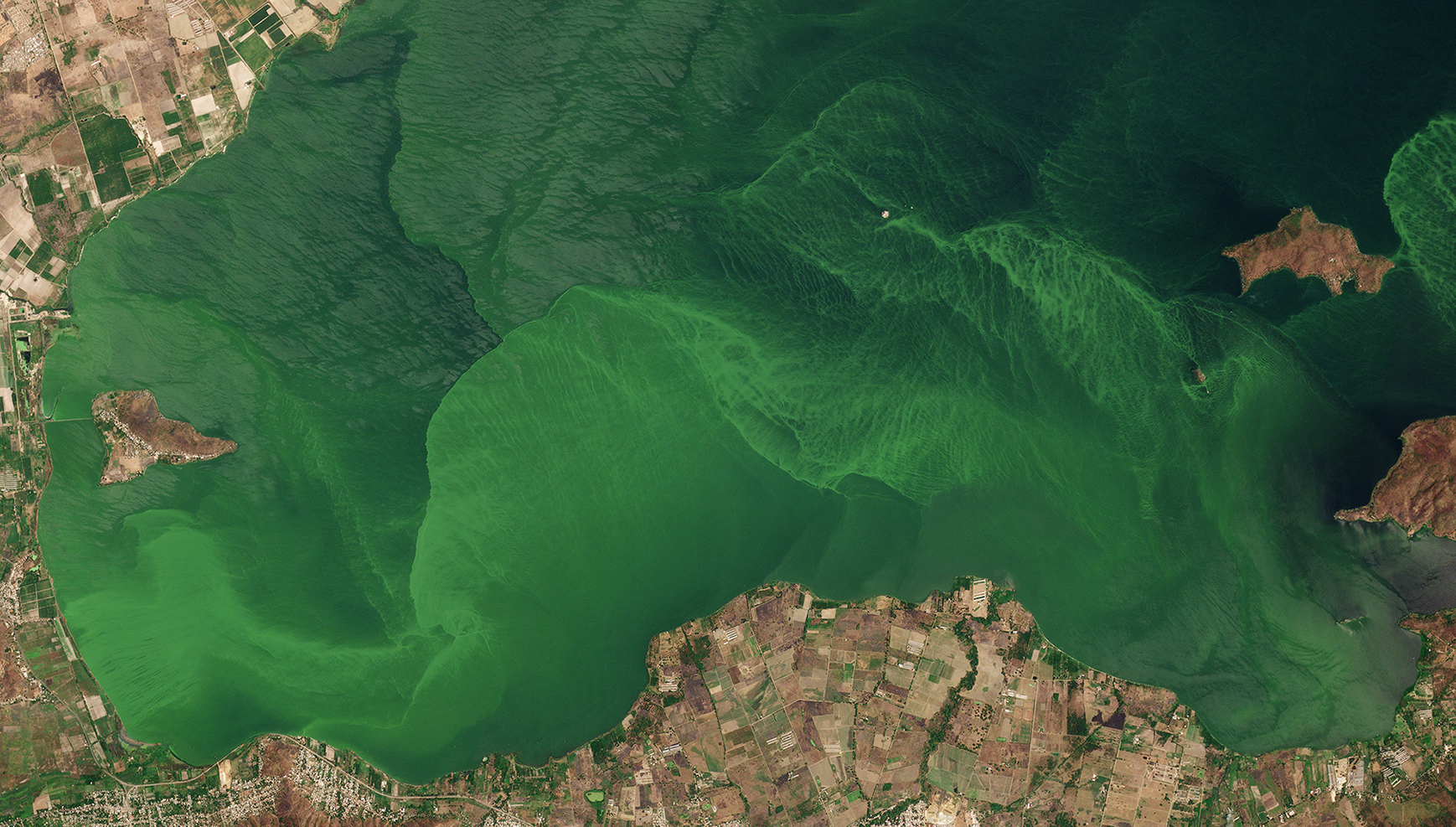 |
SkySat • Lake Valencia, Venezuela • March 25, 2023 |
In this week’s issue:
Having trouble viewing images? Then read this issue on Medium! |
|
|
|
|
FEATURE STORYWater Quality
Last week we talked about the world’s second most extracted resource: sand. And like any well-structured award show, we saved first for last. It should come as no surprise that we rely most on Earth’s supply of water. It makes up 60% of our bodies and covers 71% of our planet. We’re water-fanatics in a watery world. Yet we increasingly treat it as waste, dumping everything from oil to fertilizers in it. If we are what we drink, then there’s an argument that we’re a bacterial, plasticky waste.
|
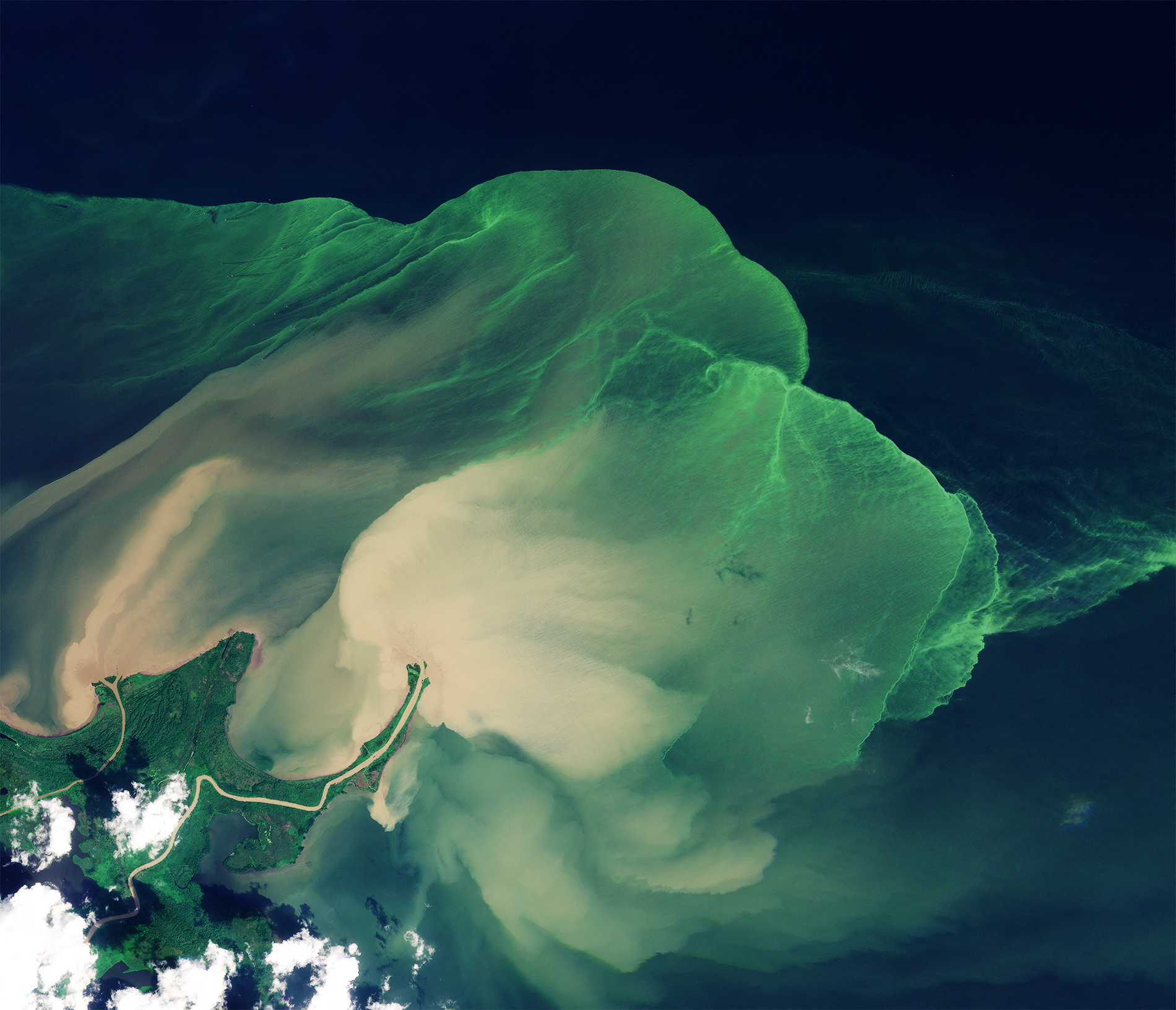 |
PlanetScope • Lake Maracaibo, Venezuela • December 20, 2022 |
It can be hard to distinguish where we begin and water ends. It’s around, over, under, and within us at all times. Which unfortunately means it’s rather easy to contaminate. Water sources intersect with both our industries and our mistakes, which together lead to a series of water crises. It’s a pollution problem with massive stakes. More people die from unsafe drinking water than war or violence every year. |
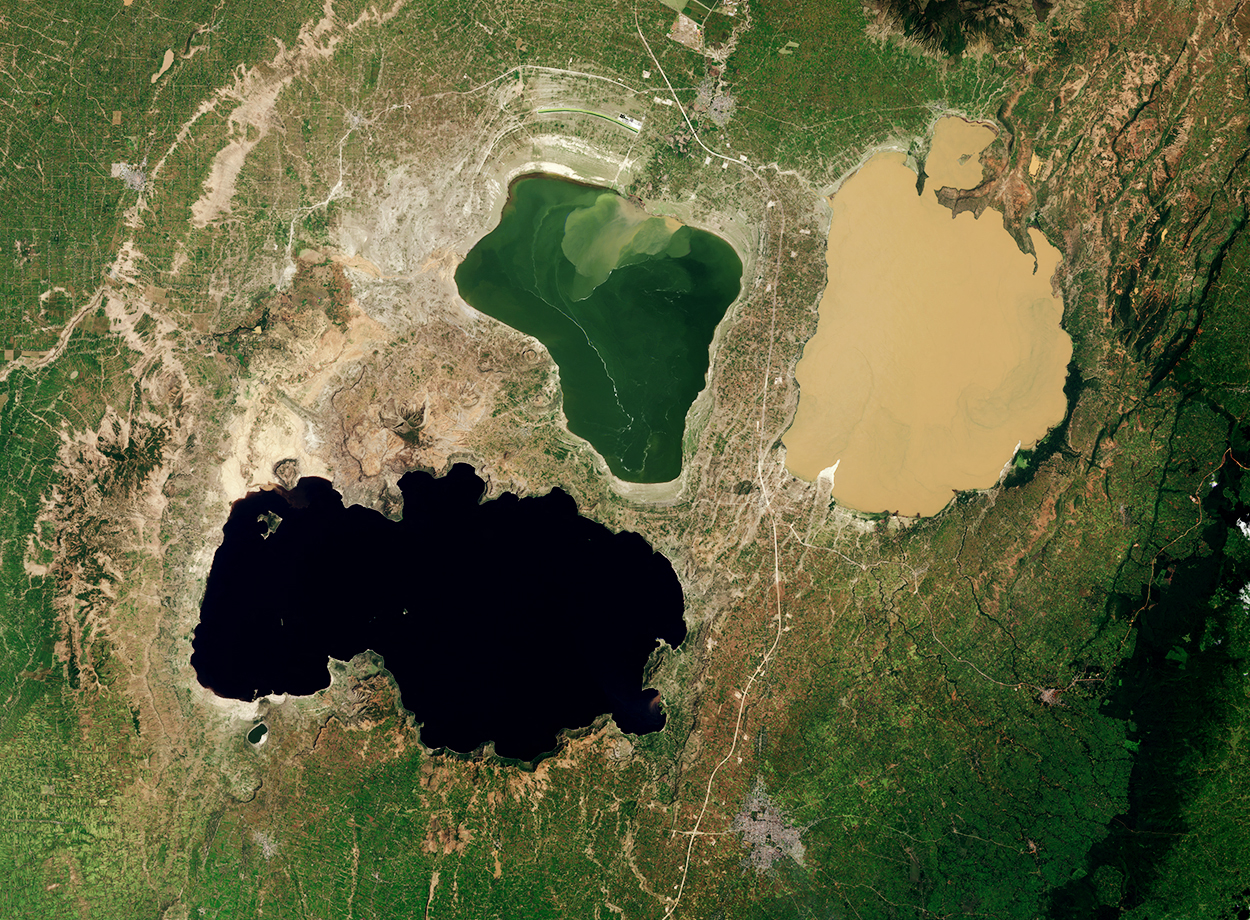 |
PlanetScope • Shala, Abijata, & Langano Lakes, Ethiopia • October 18, 2021 |
Though it’s not quite as out of sight as sand extraction, water pollution is a major issue and at times a pronounced crisis. So this week, we’re taking a look at a few common ways Earth’s water is contaminated and, in some cases, how satellites can help on-the-water action.
|
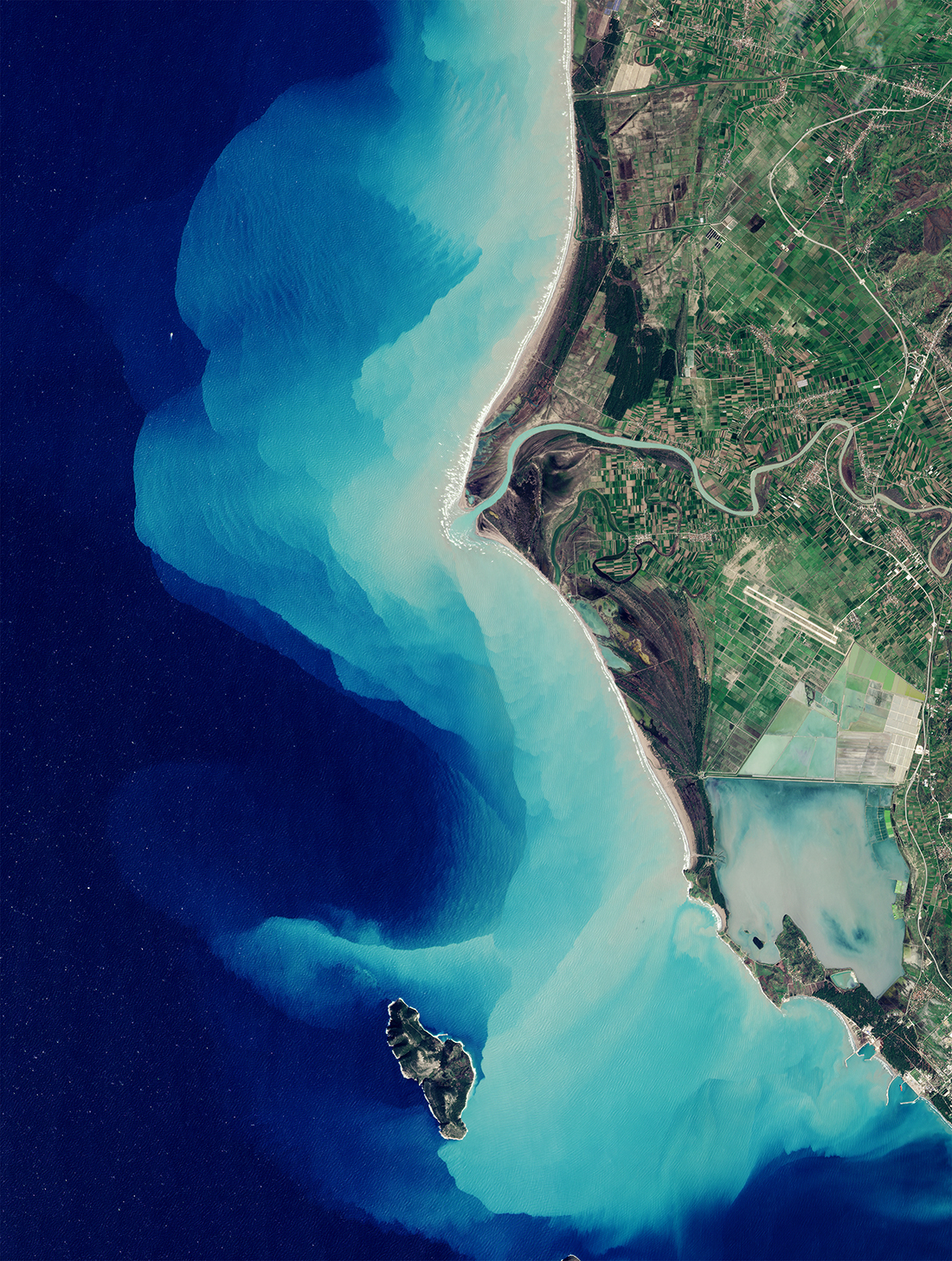 |
PlanetScope • Vjosa, Albania • March 16, 2023 |
US news this month has focused on certain objects slowly moving towards the country’s coasts: balloons in the sky and sargassum in the sea. A 4,000-mile (6,400-km) belt of the macroalgae bloomed in the Atlantic and is now moving towards the Caribbean Sea and Gulf of Mexico. Once it washes ashore, it releases toxic (and foul smelling) chemicals. So projects like SargAssure use satellite data to track its movements and alert those in its impending path. |
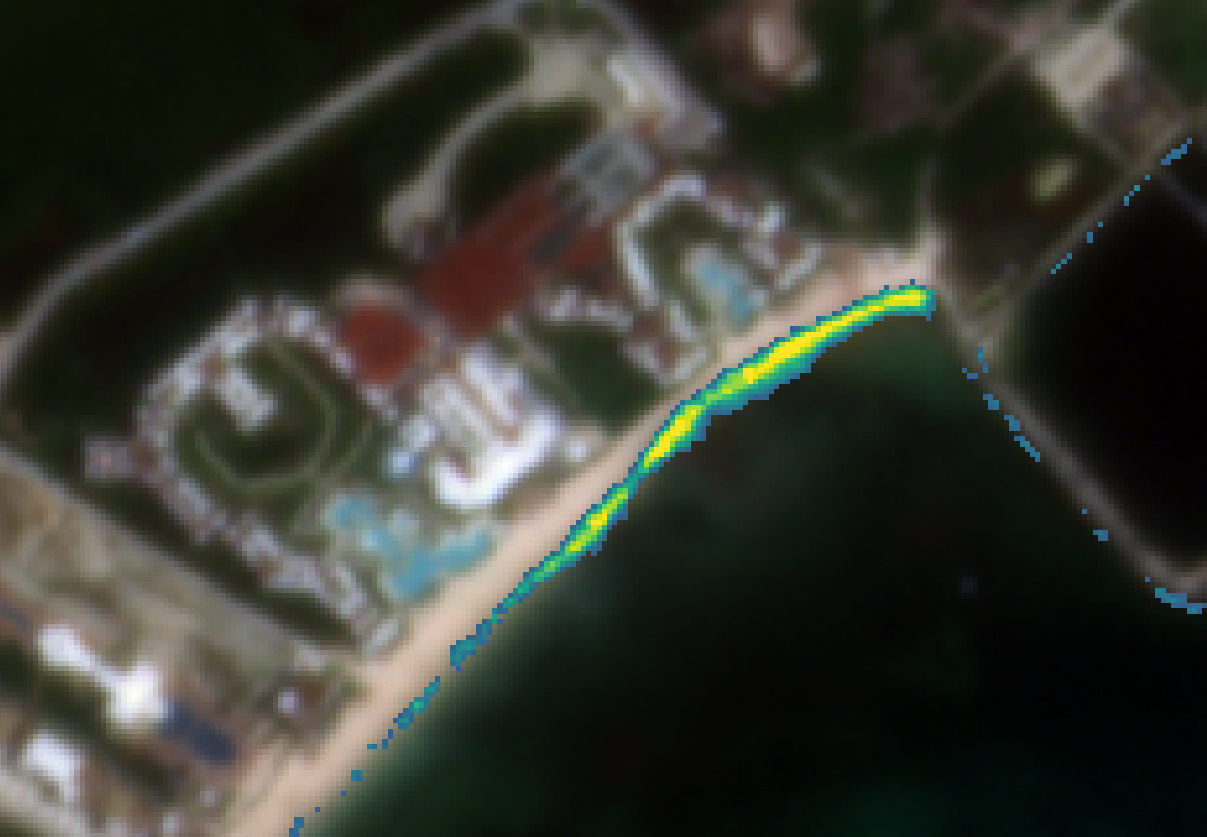 |
PlanetScope • SargAssure product showing the accumulation of sargassum on a Mexican Caribbean Coast beach |
If you’re wondering why this issue has already featured two images of toxic algal blooms, it’s not just because our editor loves Shrek and other intimidating green giants. It’s because they’re a widespread problem. Algal blooms often form as a result of excess nutrients, commonly due to fertilizer pollution. These events create aquatic dead zones that can contaminate drinking water and harm entire ecosystems. |
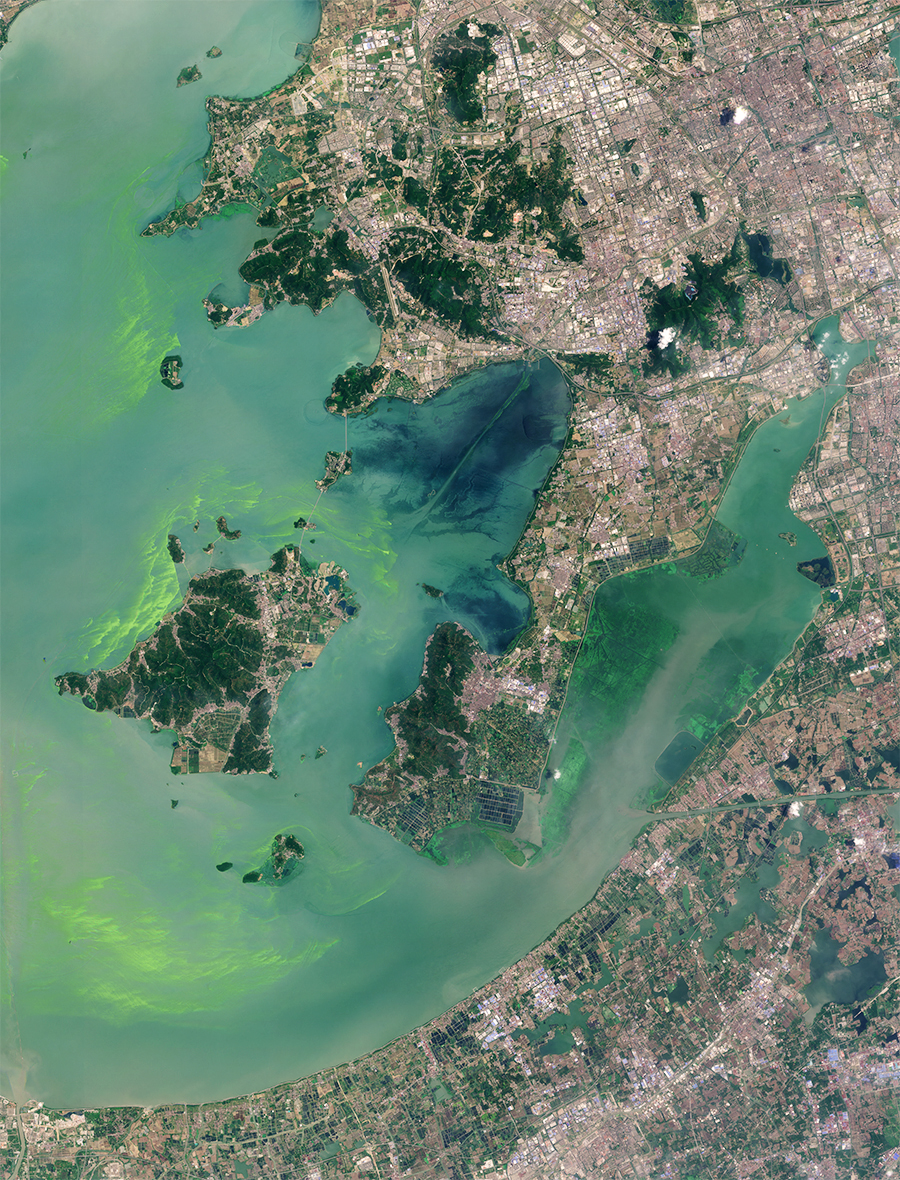 |
PlanetScope • Taihu Lake, China • June 15, 2022 |
A large part of keeping water clean is keeping dirty water out. And our friends at Ordnance Survey know all about that crappy business. Great Britain’s mapping agency uses satellite data to monitor sewage spills that often contaminate the area’s waterways. They paired this remote dataset with AI models to predict when an overspill event would occur, with the best of their models clocking in at a 91.5% correct prediction rate. |
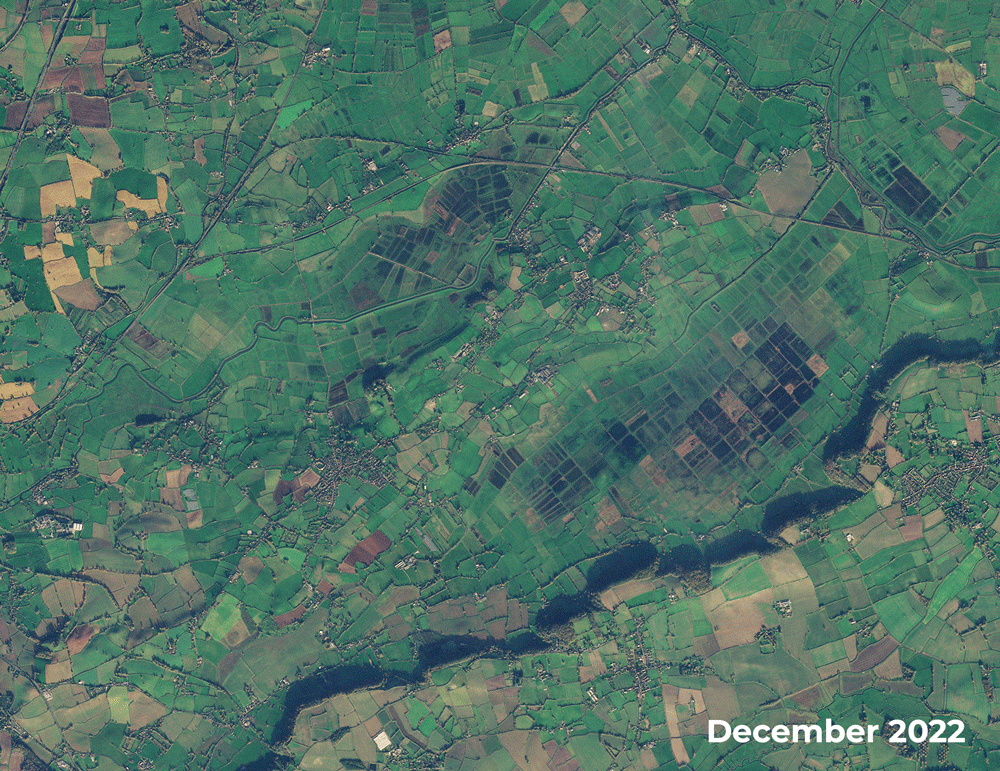 |
|
PlanetScope • Northmoor Green, Somerset, England • December 7, 2022 - January 13, 2023 |
Even if it’s not direct contamination, managing water resources and understanding fluid dynamics can help regulators ensure a safe supply. Flushing accumulated sediment from dams and reservoir systems is critical to their effectiveness, so companies like EOMap use satellite data to monitor sediment redistribution. |
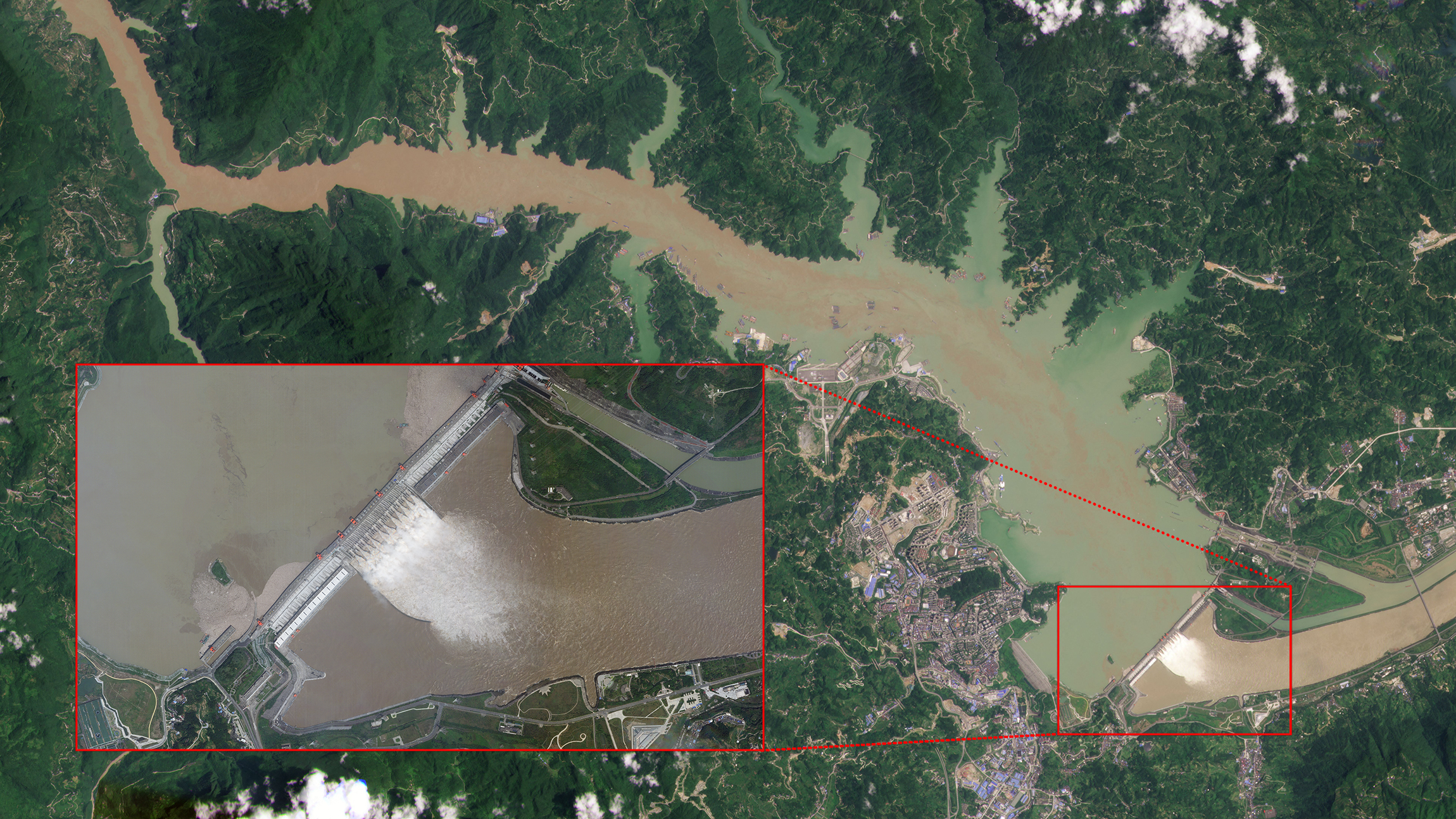 |
PlanetScope (background) & SkySat (detail) • Three Gorges Dam, Yichang, China • July 20, 2020 & August 24, 2020 |
Water is the root of many 21st century challenges: floods, drought, pollution, and rising demand. Because it’s both so pervasive and important for human populations, it’s difficult to even comprehend the number of ways we’re polluting Earth’s waterways, lakes, and oceans. But the good news is that maintaining a sustainable supply of clean water is doable. It may be impossible to step in the same river twice, but it is possible to make sure it’s cleaner the second time around. |
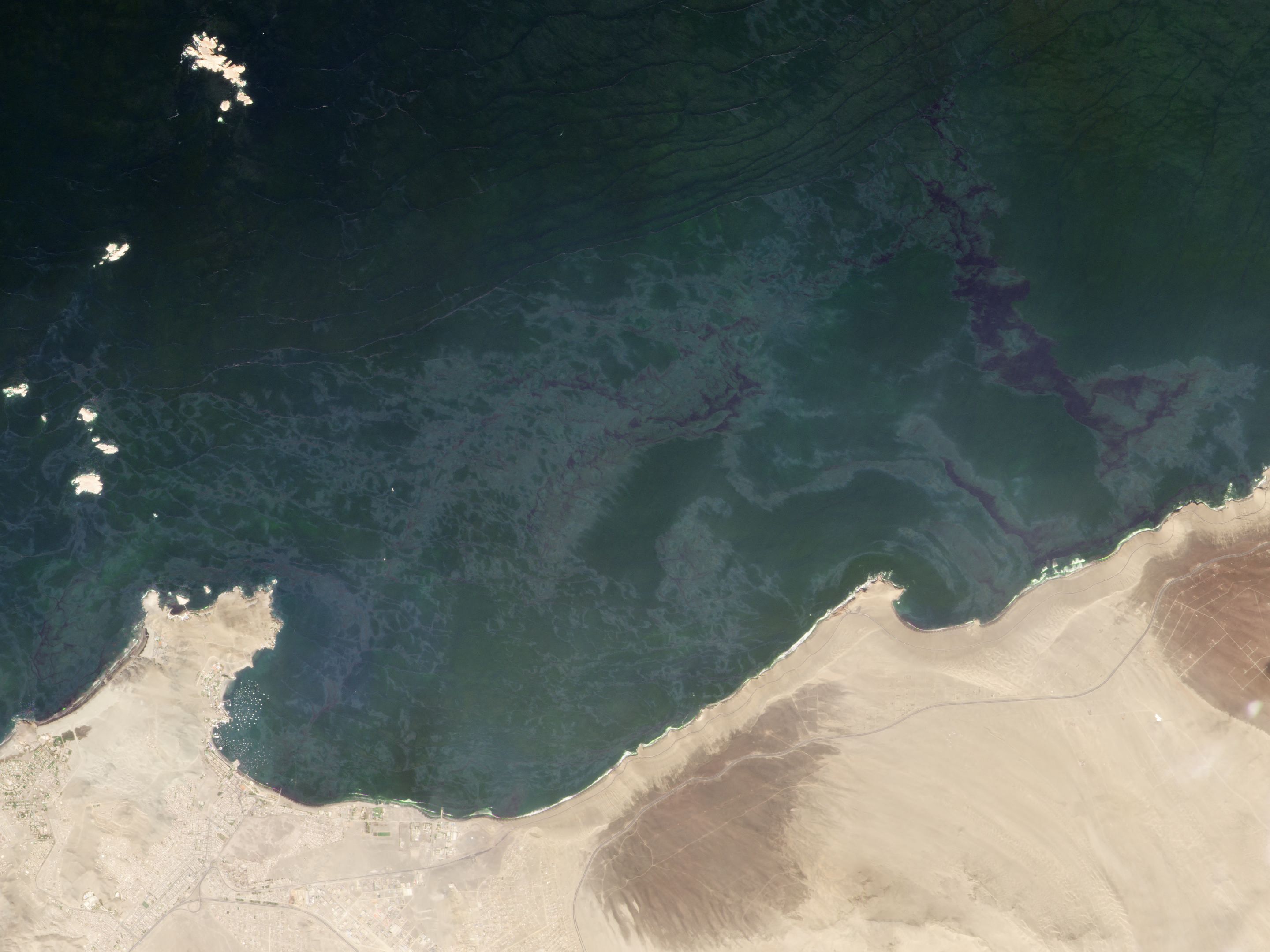 |
PlanetScope • Oil slick, Ancon, Peru • January 18, 2022 |
|
|
|
|
|
|
|
|
|
|
|
In the NewsGlacial Volcanism
Our knowledge of the ocean’s blue holes just got a little deeper. Scientists recently released their findings of the second deepest blue hole recorded off the coast of the Yucatan Peninsula. The 900-foot (274-meter) deep Taam ja’ Blue Hole—Mayan for “deep water”—was found by fishermen and is now being studied for its unique seawater chemistry. |
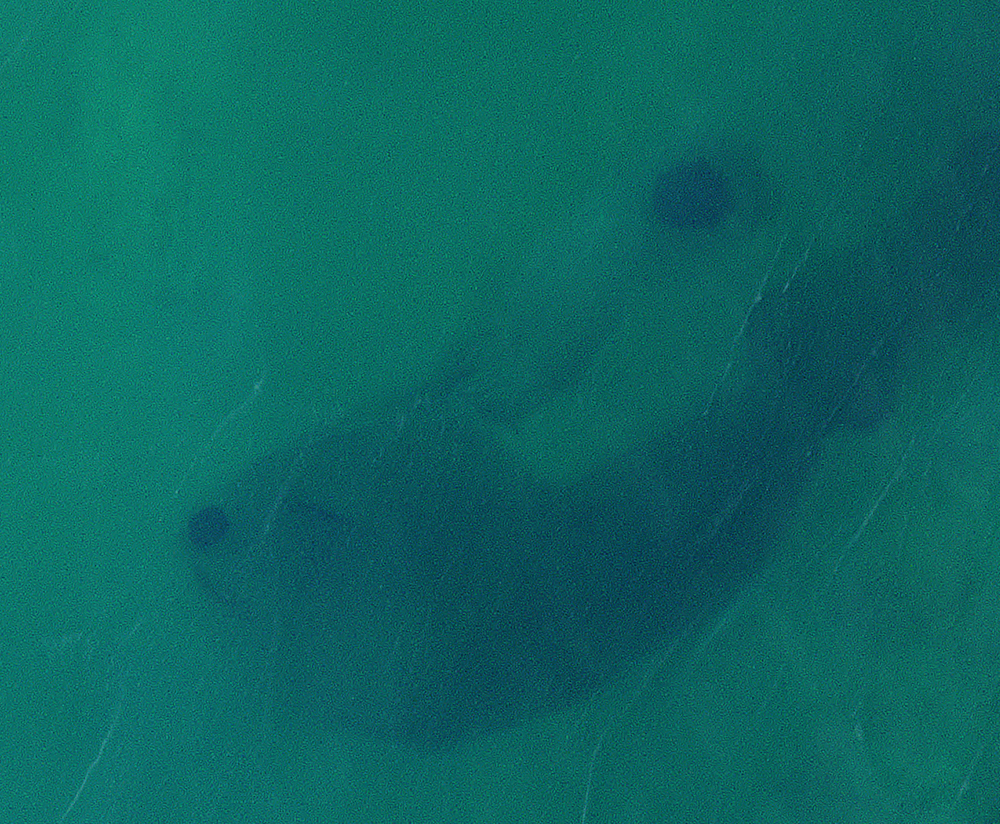 |
PlanetScope • Taam ja’ Blue Hole, Mexico • April 11, 2023 |
Like the black holes that dot space, blue holes are found all over. But information is still scant since these marine sinkholes are difficult to study. We’re a little sore that we’ll unlikely ever explore these black and blue mysteries, so in the meantime we’ll enjoy their mysterious and murky entrances from afar. |
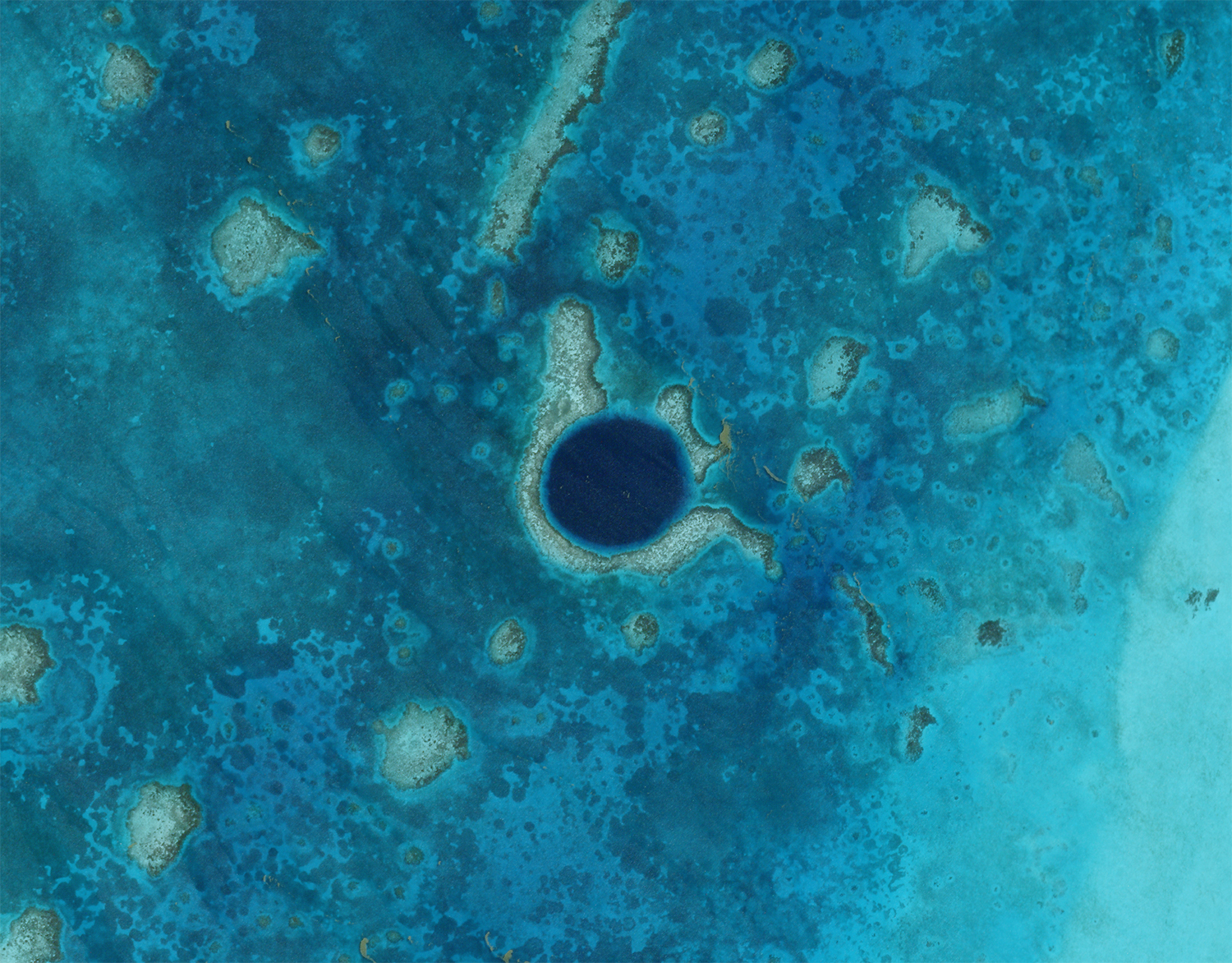 |
SkySat • Great Blue Hole, Belize • July 21, 2020 |
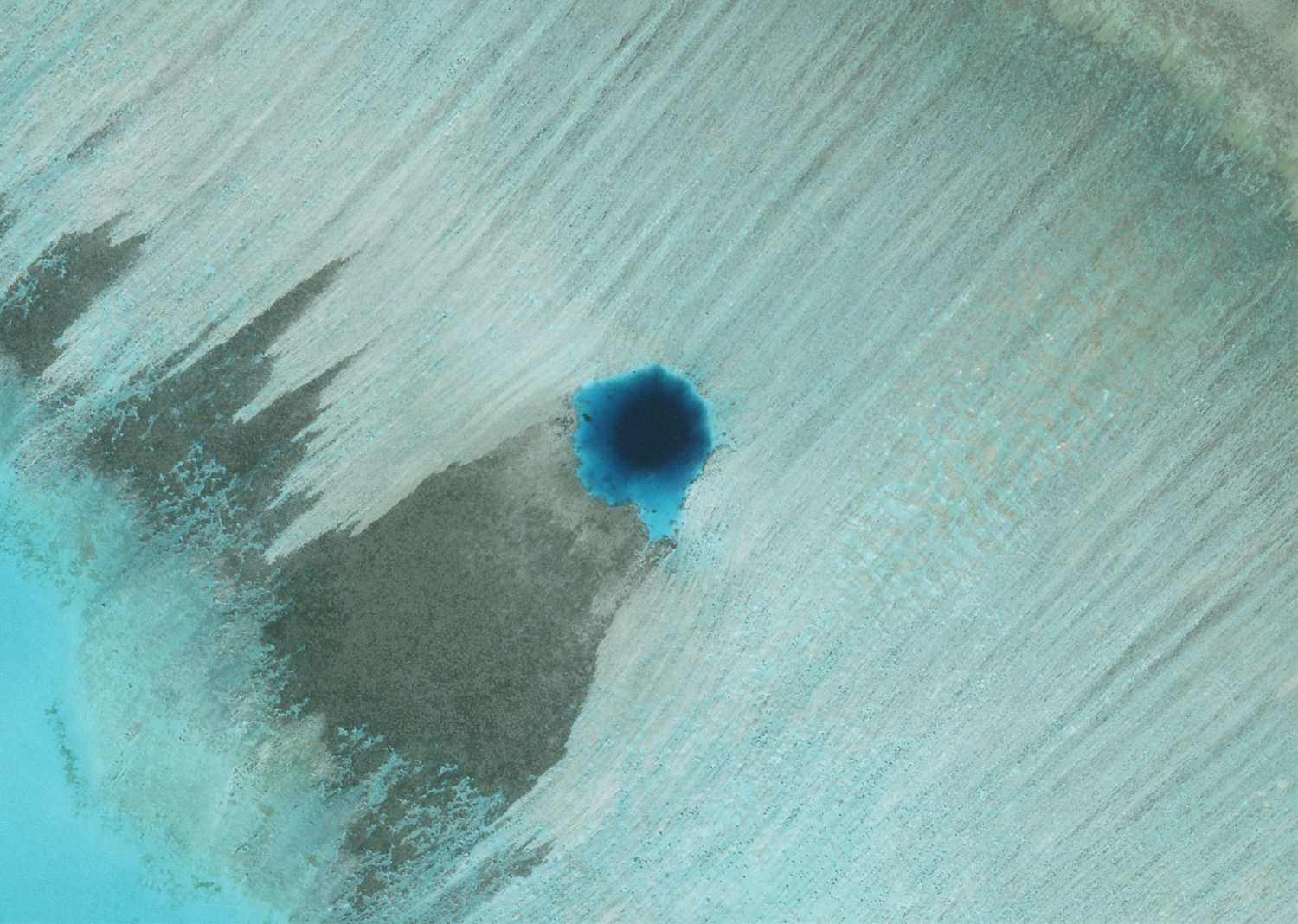 |
SkySat • Dragon Hole, South China Sea • January 14, 2023 |
|
|
|
|
|
Weekly Revisit
Last week we unpacked the messy business of sand and how this quietly massive resource is impacting global communities. So check it out in case you missed it and read more stories from the full archive if you’re extra curious. |
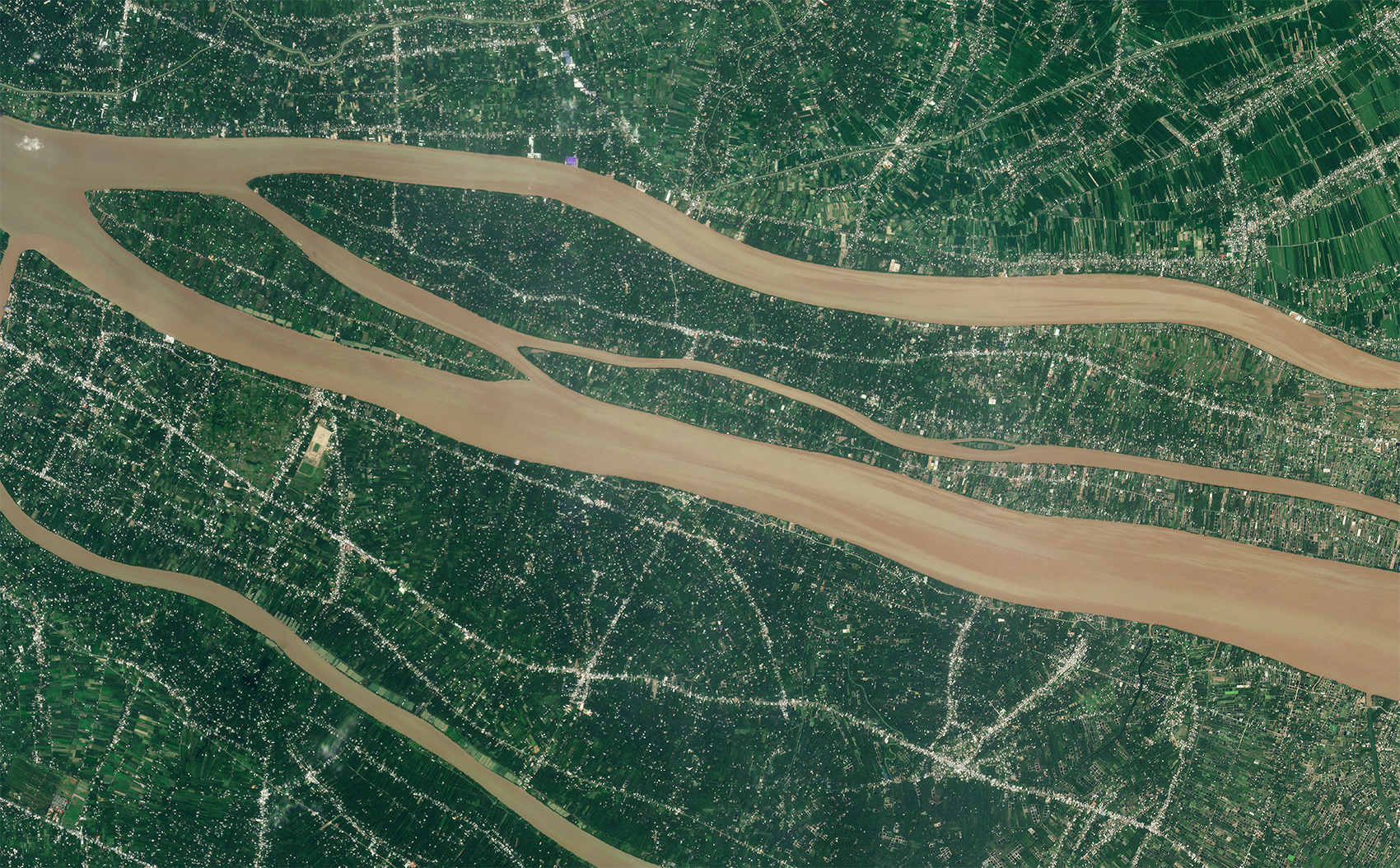 |
PlanetScope • Sediment flows along rivers in the Mekong River Delta, Vietnam • January 23, 2023 |
|
|
|
|